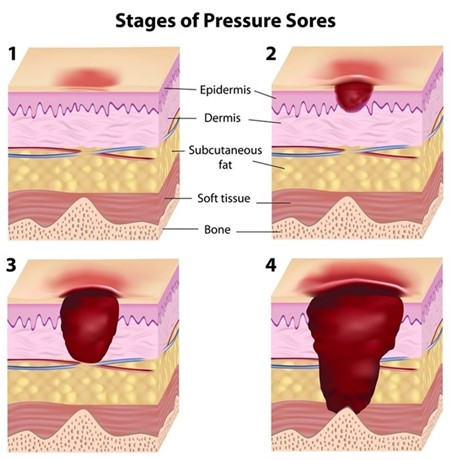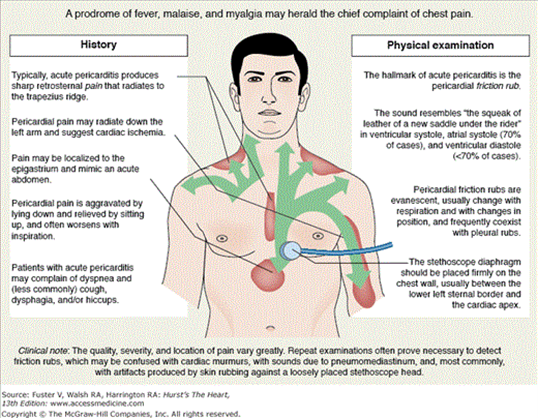A nurse is assessing a client who has a pressure ulcer.
Which of the following findings should the nurse expect as an indication the wound is healing?
Dark red granulation tissue.
Light yellow exudate.
Dry brown eschar.
Wound tissue firm to palpation.
The Correct Answer is A

Granulation tissue is new connective tissue and tiny blood vessels that form on the surfaces of a wound during the healing process.
The presence of dark red granulation tissue is a sign that the wound is healing.
B. Light yellow exudate: Light yellow exudate may indicate the presence of infection and is not a sign of healing.
C. Dry brown eschar: Dry brown eschar is dead tissue that needs to be removed for the wound to heal properly.
D. Wound tissue firm to palpation: Wound tissue firm to palpation is not a specific sign of healing.
Nursing Test Bank
Naxlex Comprehensive Predictor Exams
Related Questions
Correct Answer is B
Explanation
“Monitor urinary output for retention.” Urinary retention is a common side effect of opioid use and should be monitored.
Choice A is not correct because itching can be a side effect of opioids and does not necessarily indicate an allergic reaction.
Choice C is not correct because restricting fluid intake can worsen constipation.
Choice D is not correct because antiemetics may be prescribed to manage nausea and vomiting, which are common side effects of opioids.
Correct Answer is {"xRanges":[101.765625,141.765625],"yRanges":[263.609375,303.609375]}
Explanation
A pericardial friction rub is highly specific for acute pericarditis and is generally heard over the left sternal border.
It is often louder at inspiration but sometimes can be better heard on forced expiration while the patient bends forward.
Choice A is not the answer because it does not correspond to the left sternal border.
Choice B is not the answer because it does not correspond to the left sternal border.
Choice D is not the answer because it does not correspond to the left sternal border.

Whether you are a student looking to ace your exams or a practicing nurse seeking to enhance your expertise , our nursing education contents will empower you with the confidence and competence to make a difference in the lives of patients and become a respected leader in the healthcare field.
Visit Naxlex, invest in your future and unlock endless possibilities with our unparalleled nursing education contents today
Report Wrong Answer on the Current Question
Do you disagree with the answer? If yes, what is your expected answer? Explain.
Kindly be descriptive with the issue you are facing.
